This book edited by Mandy Sadan, Reader of History of South East Asia at the School of Oriental and African Studies (SOAS), University of London, focuses on the ‘inter-war period’ (to borrow a terminology associated with conventional war), in that it studies the period of ceasefire between the Tatmadaw i.e. the Myanmar Army, and the Kachin Independence Organisation (KIO), from 1994 to 2011.
Sadan introduces the book as an outcome of a seminar in 2013 in London, to understand the circumstances under which the Kachin people gave up 17 years of peace and tranquillity by not renewing the ceasefire against the Myanmar Army. The editor opines that the fact that the long ceasefire could not live up to the expectations of the Kachin civilian population to the extent that it broke completely at a time when the entire region was looking towards signing of the Nationwide Ceasefire Agreement, highlights the frailties of an ‘armed peace’ and differentiates it from true peace; true peace being one where the core issues of political, social, economic and ethnic aspirations have been met and consequently have a larger probability of enduring.
The book builds up historically, with Chapter 2 (Robert Anderson and Mandy Sadan) on the First Kachin Ceasefire 1944–1961 and shows how the region transitioned from being a busy hub hosting the then world’s busiest airport at Myitkyina during World War II from 1942-44, into a messy cauldron of conflicting interests and counter-interests involving Chinese troops, Kachin volunteers, remnants of the US and British forces, Aung San’s Burma Independence Army and North Kachin Levy troops. An uneasy armed peace grudgingly evolved out of the circumstances. However the period 1951-61 saw this peace slowly but surely dissipate out of a prolonged failure to address the root political and economic grievances over the decade.
Chapter 3 by a renowned independent analyst, Martin Smith, builds on the previous chapter and further reflects on various aspects of the ceasefire and the causes for the failure of the ceasefire leading to recommencement of conflict in 20111.
Chapters 4 and 5 look at the impact of the ceasefire on the economies of both the Myanmar government as also the insurgent groups. In Chapter 4, Lee Jones, Senior Lecturer from the University of London highlights how, in 1987, the contraband smuggling estimated to be at USD 3 bn, which was then 40 per cent of Myanmar’s official GDP then, was financing the insurgent groups. Post-Cold War, the improved security situation enabled the Myanmar government to sign investments in logging, fisheries and mining which resulted in a direct increase in investment from USD 58 m in 1990-91 to USD 800 m in 1996-97 with hardwood timber exports alone earning the regime USD 160m annually from 1988-95 thereby pulling the state out from the throes of bankruptcy.
Continuing in the same vein, in Chapter 5, Kevin Woods, a PhD scholar from Berkeley, USA, has documented the commercialisation of counterinsurgency in the Kachin State with specific reference to ‘ceasefire capitalism’, a term used to describe the modes of finance, landscape production, governance and military state formation within ceasefire spaces. Woods further goes on to define the Myanmar pursuit of stability through development as ‘economic counterinsurgency’ and highlights how the ‘Four-Cuts Policy’ was employed to deprive the insurgents from food, funds, information and recruits which as per Woods constituted a ‘scorched earth policy’ instead of the ‘hearts and minds’ approach. Thus he brings out how ‘development’ became symbolic with relocation of populations, forced labour and overall a euphemism for Governmental control.
Chapters 6 (Enze Han) and 7 (Ho Ts’ui-p’ing) look at various dimensions of Sino-Myanmar relations. Enze deftly establishes how China exploits cross border co-ethnic linkages to its advantage. He also highlights the overall dynamics of the Sino-Myanmar relationship which is a grudgingly unequal relationship heavily tilted against Myanmar but without any foreseeable parity given the Western isolation of Myanmar. In Chapter 7, Ho Ts’ui-p’ing reveals just how intimately, albeit reluctantly, China is involved with the Myanmar in the ethnic strife that besets their common borders. The 2012 aerial bombing of the border town and Kachin capital Laiza caused three bombs to land in Nabang Township in neighbouring China causing an unrest in China forcing it to jump into the mediation. Cultural connects in form of the Jingpo manau traditional dances have taken the lead in establishing the trans-border ethnic identities often referred to as ‘dance diplomacy’.
The next set of three chapters (8, 9 & 10) have been clubbed under the banner Cultural Intimacies of Kachin Nationalism. In Chapter 8, Laur Kiik, a D Phil scholar at Oxford, writes about the popular analyses of the ceasefire era and how analysts seek to reduce the discourse to convenient generalisations ignoring the complex interplay of Kachin concepts of territory, people and divinity. He then dwells at large on the resources grab during the peace era by the Chinese and local elite with bulk of the profits going to the Chinese, and the overall implications of such legitimised plunder.
Jenny Hedstrom, from Umea University, Sweden, provides a much needed gender perspective to the Kachin imbroglio in Chapter 9. This chapter is based on 21 interviews of 24 women working in Kachin resistance organisations over a three week period in October 2014. It highlights how the participation of women during and after the ceasefire has resulted in increased support for the conflict and the KIO over the past few years. In the third segment under this banner, in Chapter 10, Helen Mears, Keeper of World Art for Royal Pavilion & Museum and a lecturer and researcher in Museum Studies and the History of Art and Design, looks at the use of printed calendars by Kachin communities as an innocuous tool to convey and maintain their nationalist sentiments in subtle but significant ways in a highly censored environment.
The next three chapters (11, 12 and 13), document the local to global experiences of the Kachin diaspora. In Chapter 11, Nhkum Bu Lu, a native Kachin settled in UK, narrated her entire lifecycle in the troubled land in troubled times from the commencement of hostilities, impact on her siblings, marriage and imprisonment of her husband and finally move to UK for asylum. Her lawyer husband has, in Chapter 13, narrated about the formation of the Kachin National Organisation (KNO) as a response to the perceived inability of the Kachin Independence Organisation (KIO) to meet the aspirations of the Kachin people. However he stresses that it was not to replace the KIO, but to complement it and engage in debate and discussion for the overall betterment of the Kachin. In Chapter 12, another Kachin, Hkanhpa Tu Sadan, General Secretary of the Kachin National Council, KNO, writes about his experiences as being the only Kachin hosteller in Yangon University studying Industrial Chemistry in the mid-1990s. His is a tale of determination in keeping the Kachin sentiments and aspirations intact while in fact ‘sleeping with the enemy’ as a student in Yangon.
The last four chapters (14, 15, 16 & 17) reflect on other ceasefires within and in the vicinity of Myanmar viz. Palaung Ceasefire; Karen Ceasefire; North East India and the Mizo insurgency. Patrick Meehan, SOAS, University of London, in Chapter 14, documents the history and economics of the ceasefires of one of the smaller insurgencies of Myanmar by the Palaung people of northern Shan state. Mikael Gravers of Aarhus University, Denmark, similarly analyses the Karen experience of ceasefire. He refers to a Karen National Union office bearers famous quote ‘The KNU is never divided and never united’, to highlight the internal differences between the Karen which even led to internecine clashes between the Buddhist Karens and the Christian Karens.
Chapter 16 by Dr Reshmi Banerjee, Institute of Social Sciences, New Delhi, covers essential takeaways for Myanmar based on India’s North East experience. She concludes that any ceasefire in Myanmar which does not address social and economic inequalities by political and economic resolution of the relationship between the mainland (centre) with the peripheries is unlikely to produce lasting peace and hence the core conflicts will manifest in newer forms. Further, where concerns of one community are addressed at the cost of another are fraught with problems and do not produce enduring peace.
Prof Joy Pachuau, Associate Professor of Jawaharlal Nehru University, New Delhi alongwith Mandy Sadan relive the Mizoram insurgency which is considered to be the best example of an insurgency resolved through an Accord which has lasted successfully for the past three decades and shows no signs of breaking despite all aspects of the accord not having been achieved.
Mathew J Walton, Senior Research Fellow, Oxford, concludes the book through Chapter 18 where he derives that the single most common strain in the discourse on failure of ceasefires is the trust deficit followed by the lack of Burman will to follow-up the ceasefires by requisite political action to ensure the core grievances are met.
Overall the book is a must have for the serious Myanmar scholar and provides for an engaging understanding of the issues pertaining to the Kachin landscape in specific and Myanmar in general. Though published in 2016, it holds its relevance today even as the unilateral ceasefire of Dec 2018 is being extended incrementally and possibly with an intention of the Myanmar Government to provide time to politically resolve the contentions, rather than fall back into another ‘armed peace’. The section on Cross Border Diplomacy with China has only increased in relevance given the myopic approach of the Western world towards the Rohingya imbroglio as evident from the recent counterproductive ban on Myanmar Generals to travel to USA as also the Israeli ban on Myanmar representatives from attending arms fairs. On the same note, Bertil Lintner writes in Asia Times that ‘Chinese investment and tourism are rising fast in the country at a time the US and EU pull back in revulsion at new rights abuses’.
The authors however do not come out with any major concrete recommendations for the future for either the Myanmar Government, or the insurgent groups as a whole. Hence, the exercise remains confined to the realms of academic discourse and is unlikely to result in policy manifestations in any quarter.
- Update: As on writing of this review, a unilateral ceasefire was announced by Myanmar Army in Kachin and Shan states, from 21 Dec 2018 onwards for four months till Apr 2019 and has been renewed twice already by two months each. Currently the ceasefire extends till 31 Aug 2019.

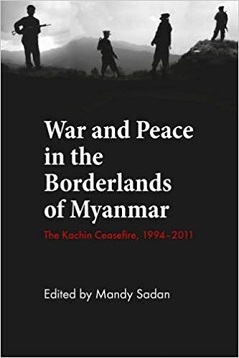


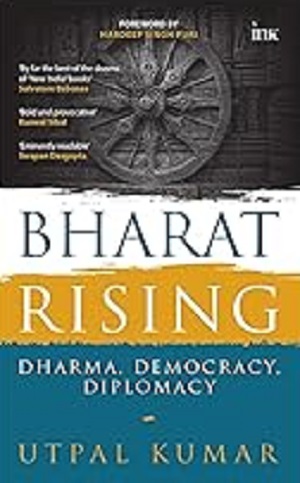
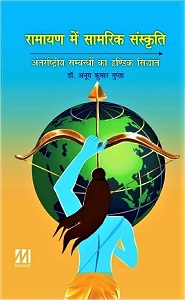
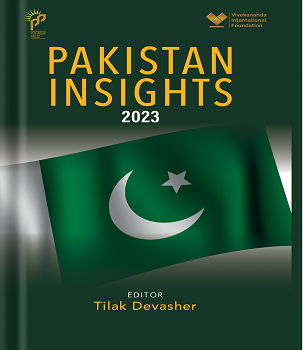
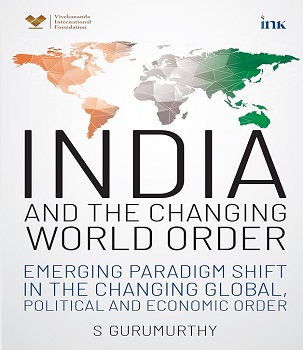
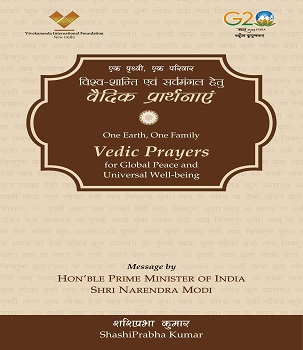
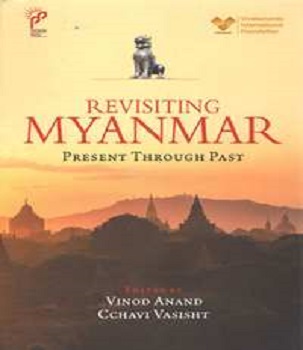
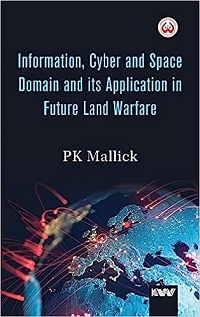
Post new comment